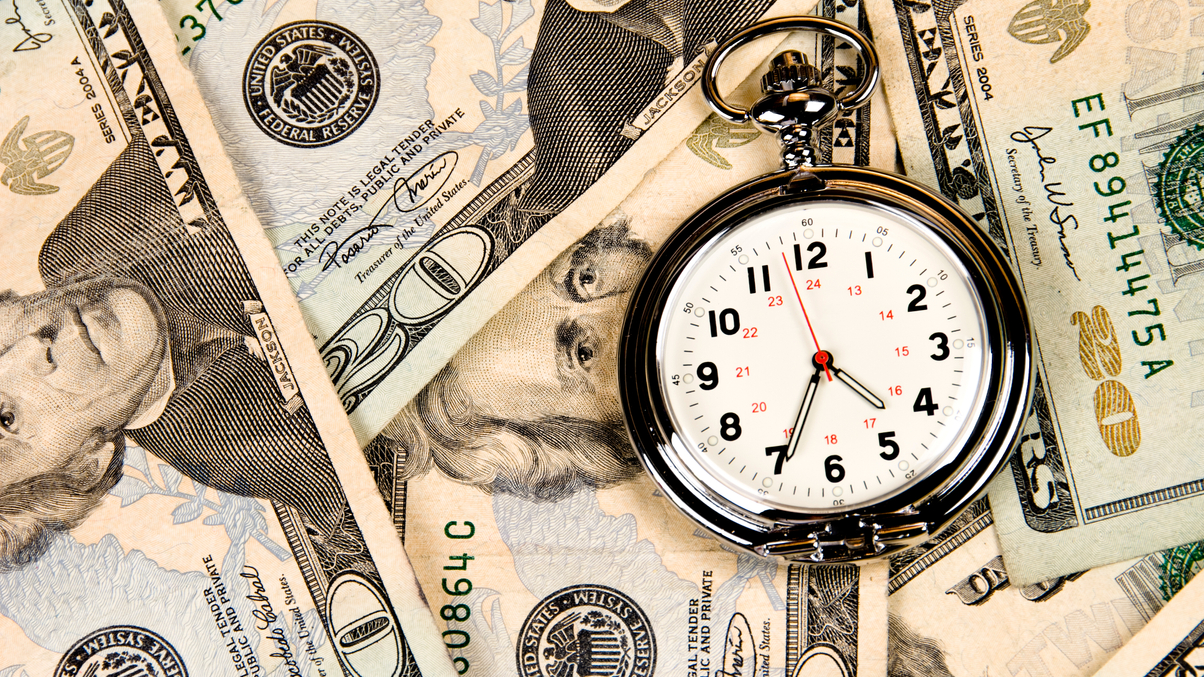Finding factors to fit economic cycles

Institutional investors often face the question of which factor strategies to implement in different phases of the economic cycle1 and across secular regimes2. Based on assessing the US market over a long time period, we have found that the factors ‘size’ and ‘value’ have anticipated subsequent inflections in GDP growth, while the ‘quality’ factor has anticipated contractionary periods.
The results are intuitive. Value and size, for instance, are more likely to do well when the outlook for the economy is positive, given they are considered cyclical and sensitive to economic growth.
On the other hand, quality provides protection when investment sentiment is more bearish, reflecting its defensive nature that means it does well in economic downturns.
Documented behaviour
The behaviour of factors across business and economic cycle is well-documented in various literature. Ferson and Harvey3, for example, show that much of the predicted variation of monthly excess returns of size and industry-grouped stock portfolios is associated with their sensitivity to economic variables. Among their findings is the fact that interest rate risk is important for small cap stocks.
At the same time, there is academic evidence that the Fama French4 risk factors capture shocks to economic growth expectations.
Liew and Vassalou5, meanwhile, examine the extent to which the profitability of value, size and momentum trading strategies can be linked to macro-economic risk factors in 10 developed markets. They find that value and size contain significant information about GDP growth, even in the presence of other business cycle indicators for some countries.
By contrast, momentum is found to contain scant information about the macro-economy; industry factors cannot explain their findings.
In a more recent study, Aretz, Bartram and Pope6 show that factor-mimicking portfolios that are constructed based on book-to-market, size and momentum, serve as proxy composite macro-economic risk factors. They further argue that macro-economic data is often highly correlated, which can make regression results suffer from omitted variables bias.
For example, a downward revision in economic growth expectations may coincide with increasing aggregate default risk and decreasing interest rates to revive the economy. They find that the Fama French value factor captures information about shocks to economic growth expectations and the slope of the term structure, while size captures information about shocks to aggregate default risk. Momentum captures default and term structure risk, and more weakly exchange rate risk.
Applying the Investment Clock
Our paper builds on the academic literature as we examine if the value, size, momentum and quality factors convey information about the economic cycle over the past 60 years.
We first test if factor returns can anticipate economic growth, as defined by GDP. We investigate if the forecasting ability has changed since the global financial crisis (GFC) and its subsequent 12 years of secular stagnation. Then we combine inflation and growth expectations to construct a composite cycle indicator to create four economic cycles as defined by the Investment Clock.
This is based on the premise that the economic cycle moves in waves from economic growth to contraction, with central banks using monetary policy as a means of stabilising the economy.
Over the full period, factors behave as expected, but we observe an increase in the downside risk of factors since the GFC – which, in combination with less upside, has resulted in lower overall payoffs.
The Investment Clock assumes a constant, or normalised, economic or business cycle. The existence of this is questionable, especially post-GFC due to far-reaching quantitative easing.
An evolution of the Investment Clock is to observe a pattern of secular regime shifts. In the sequel to this paper, “New thinking: Rebooting the Investment Clock for the new normal and QE”, we link factor behaviour to economic regimes and identify the economic conditions that are most supportive of factor investing.
Read the full research paper here
Author from FTSE Russell: Marlies van Boven, PhD, head of investment research, EMEA.
References
1 - van Boven, M., Do factors carry information about the cycle? Part 1, The Investment Clock: linking factor behavior to the economic cycle”, FTSE Russell, 2020.
2- van Boven, M, Do factors carry information about the cycle? Part 2, “New Thinking: Rebooting the Investment Clock for the New Normal and QE, FTSE Russell, forthcoming 2021.
3 - Ferson, W.E., Harvey C.R., “The Variation of Economic Risk Premiums,” Journal of Political Economy, (1991), pp. 385–415.
4 - Fama, E.F., French, K.R., 1993. Common risk factors in the returns on stocks and bonds. Journal of Financial Economics 33, 3–56.
5 - Vassalou, M., Can Book-to-Market, Size and Momentum be Risk Factors that Predict Economic Growth? (1999), draft version.
6 - Aretz K., Bartram S.M., Pope P., Macro-economic Risk and Factor Based Portfolios, Journal of Banking & Finance 34 (2010), 1383-1399.


